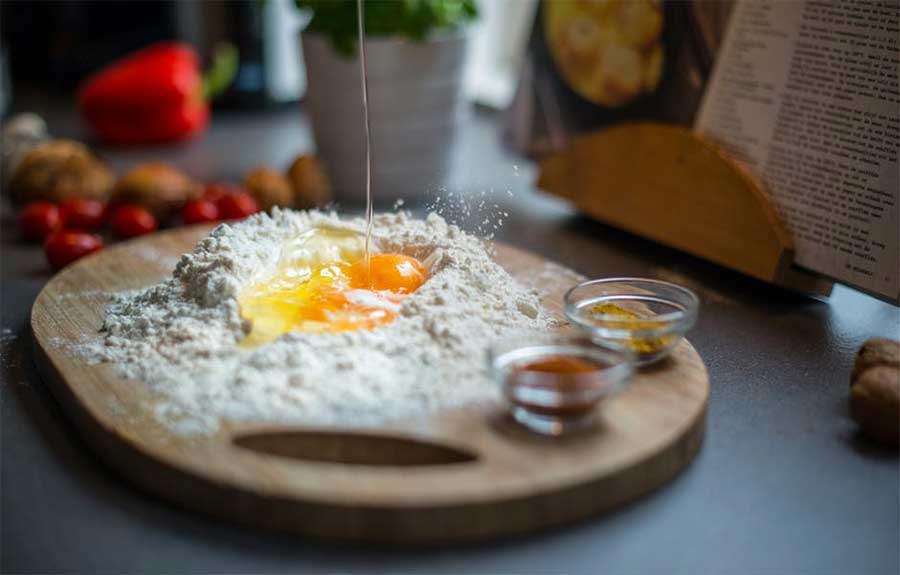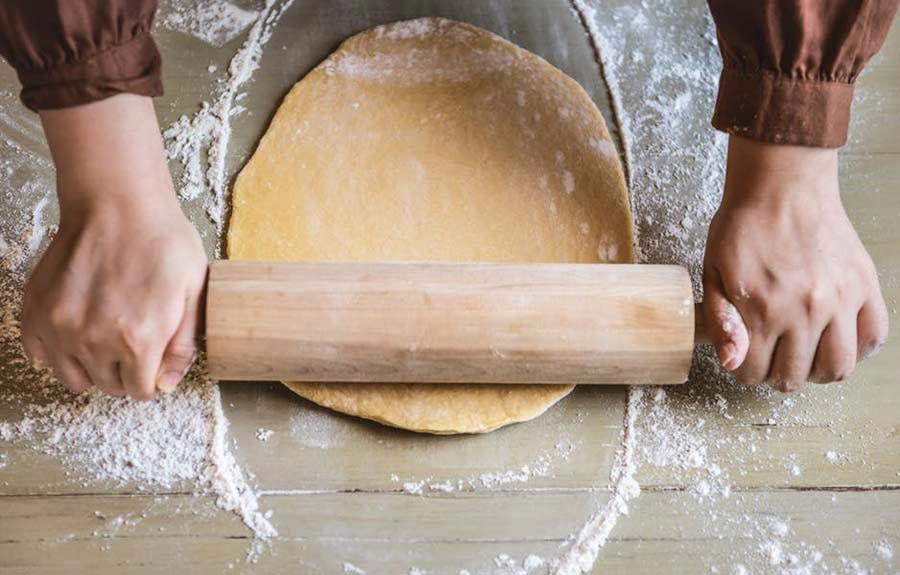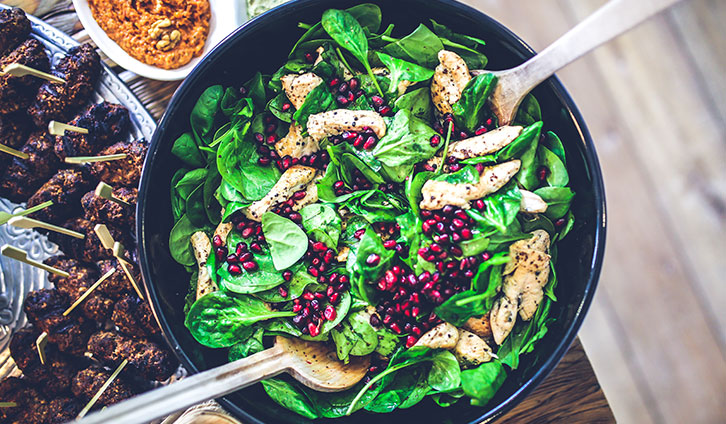From traditional cuisine to exotic dishes, the internet revolutionized the cooking habits of humanity. Moreover, it became a powerful tool to express environmental and social engagement in topics related to cooking.
Food processing, GMOs, animal rights, and environmental impact are only some of the issues which were affected and promoted by the development of the web. Through this renewed approach toward food and healthy eating, the digital community welcomed the food blogs.
At some point or another, people from all walks of life have searched for recipe ideas or certain dish ingredients. Having stumbled upon hundreds of blogs, one can’t help but wonder how to start a food blog.
If as a food enthusiast and cooking guru, you yourself are considering joining the online food community, this article is for you. Here is a step-by-step recipe for learning how to start a food blog.
Learn how to create a website in 20 minutes and save yourself the trouble of spending hours on the technical matter. Once done, you can simply start creating and sharing your ideas with the world.
1. Prepare Your Ingredients: Areas of Expertise

Every amateur cook knows just how important evaluation is when preparing a dish. Approaching your blog as a sophisticated hors-d’oeuvre will allow you to extract only the essence of what you are best at.
Whether it’s bakery or salads, choosing a specific area where you are the most confident in your skills enables the creation of your unique identity as a food blogger. Furthermore, by choosing certain types of cooking you can really educate yourself and become an expert in the area.
Also, it should be completely clear to all of us, just how immense the world of food preparation is. Distraction sneaks in the most unexpected moments and in order for you to keep your focus, a clear purpose is required.
This can be related to the type of preparation of the food or to your personal beliefs related to food preparation and consumption.
Nothing sets a blogger apart as his passion to be a change-maker in the small community he has an impact. And this is worth noting.
2. Preheat the Oven: Research the Competition

Many beginners do not realize just how saturated the blogging world is. For every topic, you have something to share, someone else knows more and does better. The competition is efficient and most importantly, already has an audience. For you to battle this impressive world, you need to be prepared. Preheated, in a sense.
Research the competition by examining the strategies applied in the most popular food blogs related to your area of expertise. This includes identifying and dissecting their marketing efforts, content creation process, social media presence, and more.
By learning as much as you can about the successful bloggers, you will not only be prepared to duplicate but more importantly, innovate approaches. With a comprehensive understanding of the food blogging “scene”, it’s time to start creating.
3. Mix it All Together: Create a Website

To start a blog is not much different from building a house. In order to do it, you’ll need to ensure that you have prepared the ground and the foundation. In the case of blogs, the ground is web hosting. Hosting companies provide the physical servers which will host your website.
In the case of food blogs, we highly recommend WordPress hosting. This is due to the nature of the CMS offering plugins, themes, and widgets that finalize your vision for your prospective blog.
While at first, it might seem that website creation is exclusively reserved by tech-savvies and developers, you will soon learn that WordPress makes it possible for everyone. The technical bits and bops can be mastered with time but meanwhile, make sure to check out how to make a personal website in 20 minutes.
Keep in mind that with great food blogs, comes a great name. The domain of your website will be what you get to be known by your community. That’s why you need to make it memorable by registering a domain name that represents your and your blog’s personality.
4. Add Your Spices: A Pinch of Extraordinary

Any professional chef will tell you that the soul of a dish is in the details. From the carefully sliced tomatoes to that secret spice mix that keeps you wondering, a dish tells the story of its creator.
As we mentioned, the blogging world is overpopulated by talented cooks, food enthusiasts, and passionate coaches. This is why, in order for you to compete with these creators, a pinch of personality is required.
Whether it’s your grandma’s secret recipe for Christmas cookies or your personal successful experiment, a unique approach to classic dishes will make you stand out. Moreover, this is what sets apart real influencers from mere bloggers.
Therefore, if you want to create a stable audience that can’t wait to hear your next enthralling recipe, make sure to provide additional value to your content.
5. Serve Your Dish: Promote

We’ve arrived at the final step of preparing your masterpiece.
It’s time to make all of your efforts count and to share the blog you’ve been cooking in silence until now. Promoting your content essentially means using a variety of channels to drive traffic to your website.
This includes:
- driving traffic using social media
- optimizing your content for search engines
- improving your writing
- using Google AdWords
With 90% of your blogging efforts invested in the distribution and the promotion of the created content, you will be able to become the food blogger you want. Finding your target audience and being where they are is essential for blogging and will undoubtedly help you grow.
In Conclusion
With humanity becoming much more concerned with the food we’re consuming, topics related to this have inspired thousands of people worldwide to create food blogs. Sharing experience, knowledge, views, and values enables communities to be formed around topics they are passionate about.
While blogging might not be for everyone, if you have come to this decision and wonder how to start a food blog, you are probably ready to give it a try. A clear vision in mind of your areas of expertise is required to get you started.
Only then, can you investigate the competition, start creating your very first website and add that pinch of personality you will be known for. Eventually, once your masterpiece is ready to be served, it’s time to put your soul into finding your desired audience and making a small change in their lives.
And this is what it’s all about.
